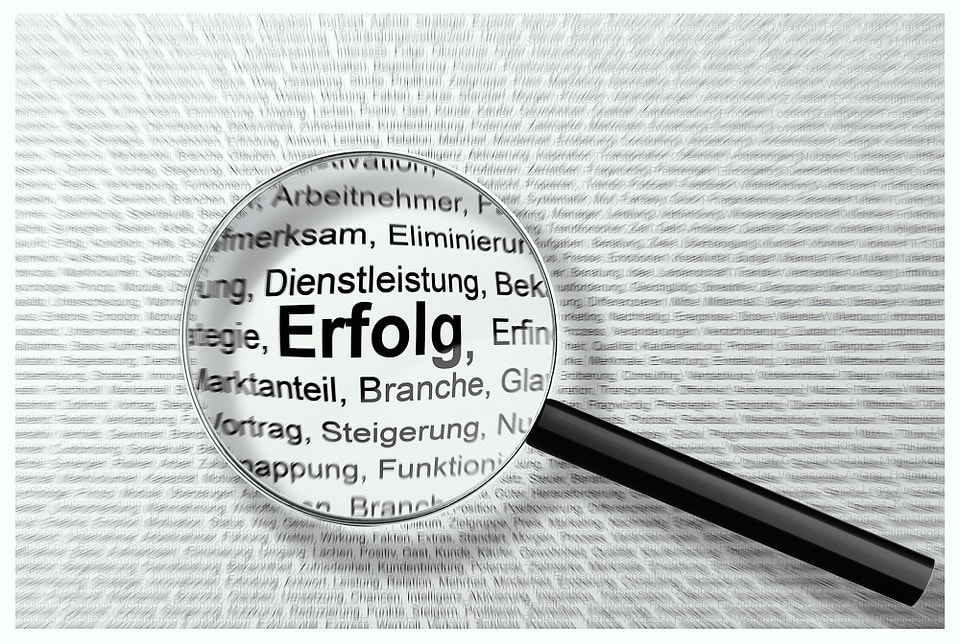Best Way to Produce YouTube Videos in Foreign Languages

Curious about the best way to produce YouTube videos in foreign languages for your organization? There is a plethora of information found on the internet with various approaches to YouTube video translation.
For example, some tutorials claim the best way to produce YouTube videos in foreign languages is to translate your YouTube video into another language using a built-in feature on YouTube. Others suggest you run your video script translations through Google Translate.
However, these solutions are not necessarily your organization’s best way to transform YouTube videos into high-quality media productions.
If you want to earn the trust of those who watch your YouTube videos, don’t only focus on the easiest way to produce your YouTube videos in other languages. Focus on also translating your YouTube videos in the most accurate, high-quality way possible.
Continue reading to learn all the possible ways to produce multilingual YouTube videos for professional purposes. At the end of this post, we will tell you the overall best way to produce YouTube videos in foreign languages for audio, subtitles and/or closed captions (CC).
*Please note: this post is for those who want to translate videos for their own personal consumption.*
4 Top Ways to Produce YouTube Video Voiceovers in Foreign Languages Professionally
Here are 4 possible ways to produce YouTube videos in foreign languages professionally:
1. Hire Bilingual Voice Talent & Video Editors to Produce Voice-Overs in Foreign Languages
This method for YouTube video voiceover production requires a polished script that is already translated into the target language. Although it is typically costly and slow, it is the optimal choice for quality of voice and audio. You will need to give a bilingual voice over artist a polished script in the target language. This way, they can read from it order to create the audio recording.
If you need to apply the voice over to an existing YouTube video, show the voice over artist your video and have then match the space of their speech as closely as possible to the visuals. Next, use video production software to replace the original voice with the new one.
Unless you are a video editing pro, you should hire someone to do this, as well. They will already have access to video software and likely will deliver a better final production than if you take a DIY approach.
2. Use a Multilingual Voiceover Generator Tool
If the turnaround time of professional voice over production concerns you, use a multilingual voice over generator. This type of tool quickly creates synthetic voice-over audio files in different languages. They’re not as high-quality as human voice talent, but they’re a faster alternative. They also cost significantly less per video than producing multilingual YouTube audio with a professional service.
To create foreign audio for YouTube videos, use Pairaphrase. It’s translation software that creates synthetic voice-overs. If you’re serious about creating foreign language videos for internal audiences (such as employees) at minimal cost and turnaround time, Pairaphrase will be worth it to your organization.
3. Hire a Transcriptionist, Human Translator, Bilingual Voice Over Artist & Video Editor
This method for YouTube voiceover translation is the most costly and has the longest turnaround time. However, if you don’t have a copy of your script and you don’t want to do any manual work, you might decide to take this approach and hire everything out. This way, you don’t spend any time using software or manual tasks that take away from your daily work.
First, hire some to transcribe your script. There are many transcription services out there. You will then hire a human translator to translate the script manually*.
Additionally, you will need a bilingual voice over artist. If it’s an existing video, they will need to record the foreign voiceover to the pace of it. You will need to hire a video editor, regardless.
*If you will need to produce a lot of videos in any one language pair, you might invest in a CAT tool and have your translator use it for all your script translations. It can speed up their translation turnaround, reduce translation costs and save your organization’s translations for future videos and documents.
4. Use a Transcription Tool, Plus a Voiceover Generator
If you need fast turnaround and don’t mind some manual work to offset some costs, you can upload your video to an automatic transcription tool. The quality is a not as good a human transcription and you will need to make edits to misrecognized speech. However, it is much faster and cheaper to use.
Then, you could upload the transcription to translation software that also generates voiceovers, such as Pairaphrase.
Please note that the translation of the source text to your target text is produced using predominantly machine translation, so you’ll also need a bilingual colleague or translator. This is so that they can edit the translated segments of text that machine translation isn’t advanced enough yet to understand (e.g. idioms, jargon, etc.) prior to downloading your audio file.
You will also need to allocate some of your budget to this software, so we only recommend this software if you want the highest-quality translation possible for your audience.
If you’ve already used the software previously, you will have stored Translation Memories which would help to auto-populate as much of your subsequent translations as possible, so that you don’t need to hire a human translator to make as many edits.
How to Use Pairaphrase to Create Translated YouTube Video Voiceovers
If you decided that method #2 is the best way to produce YouTube videos in another language, you’ll first need to get your hands on the video script. You can generate subtitles in YouTube (a rough transcription), edit them, and then export them. You will need to use a file converter to convert a YouTube-generated subtitles file to a text or Word document.
Better yet, use an existing Word document or text file that contains the official script.
The source and target language (the language you translate from and to) will need to be in one of the 100+ languages Pairaphrase supports.
Next, you will upload the file to Pairaphrase for translation. You will have the ability to edit the translations in Pairaphrase to improve their quality. You can also save them for future reuse.
You can then download a synthetic voice-over in one of 18 common commercial languages, in a female or male voice. The output format will be .wav or .mp3 (your choice). You can translate YouTube video scripts into Spanish, English, French, German, Italian, Japanese, Korean, Chinese and more.
Finally, you can apply this as the audio file for your video.
How to Translate YouTube Subtitles / Closed Captions into Different Languages Accurately
We’d like to re-emphasize how important it is to produce YouTube videos in foreign languages not only efficiently, but in a way that results in a high-quality viewer experience.
This of course is a point that will resonate most with goal-oriented video producers who need to produce multilingual videos to accomplish an important mission. For example, an HR department that creates a library of multinational employee safety training videos. In these cases especially, closed captions are particularly important for accessibility and convenience.
Now that you know how to produce the audio for foreign language YouTube videos, we’ll tell you how to create high-quality subtitles and closed captions with Pairaphrase.
Translating YouTube Video Subtitles or Closed Captions with Pairaphrase
If you Don’t Have an Existing .SRT (Subtitles) File
Translate your script using Pairaphrase so you can harness the power of machine translation and also make edits to improve the translation quality. The translated script will help in the process of creating a quality subtitle file (.SRT) from scratch to apply to your video. “.SRT” stands for SubRip Subtitle file.
This type of file can be created from scratch and it makes most sense to create this yourself after downloading the script translation from Pairaphrase. This is if you want the subtitles or captions to match your video’s pacing and you don’t have existing subtitles to work with.
Follow this tutorial for creating an .SRT file if you don’t already have one. You can insert text at specific time stamps, from your already translated script file.
Once finished, navigate to the “Subtitles” menu tab to upload it your YouTube video.
If You Already Have an .SRT File
The alternative is to upload an existing .SRT file in the source language to Pairaphrase and translate it, then download it.
If you have already downloaded a “.SRT” file with the subtitles from YouTube or elsewhere, this will save you some time. Please don’t try to use an .SRT file as the audio too, as the synthetic voice-over generator will speak out the numbers in the timestamps that exist in the text.
Navigate to the “Subtitles” menu tab to upload it your YouTube video.
Get Started
Pairaphrase is the overall best way to produce YouTube videos in different languages for professional / enterprise purposes. It allows you to produce both voice overs and translate SRT files to create multilingual narration audio files and subtitles / closed captions (CC).
Schedule a demo or share this article with a colleague.
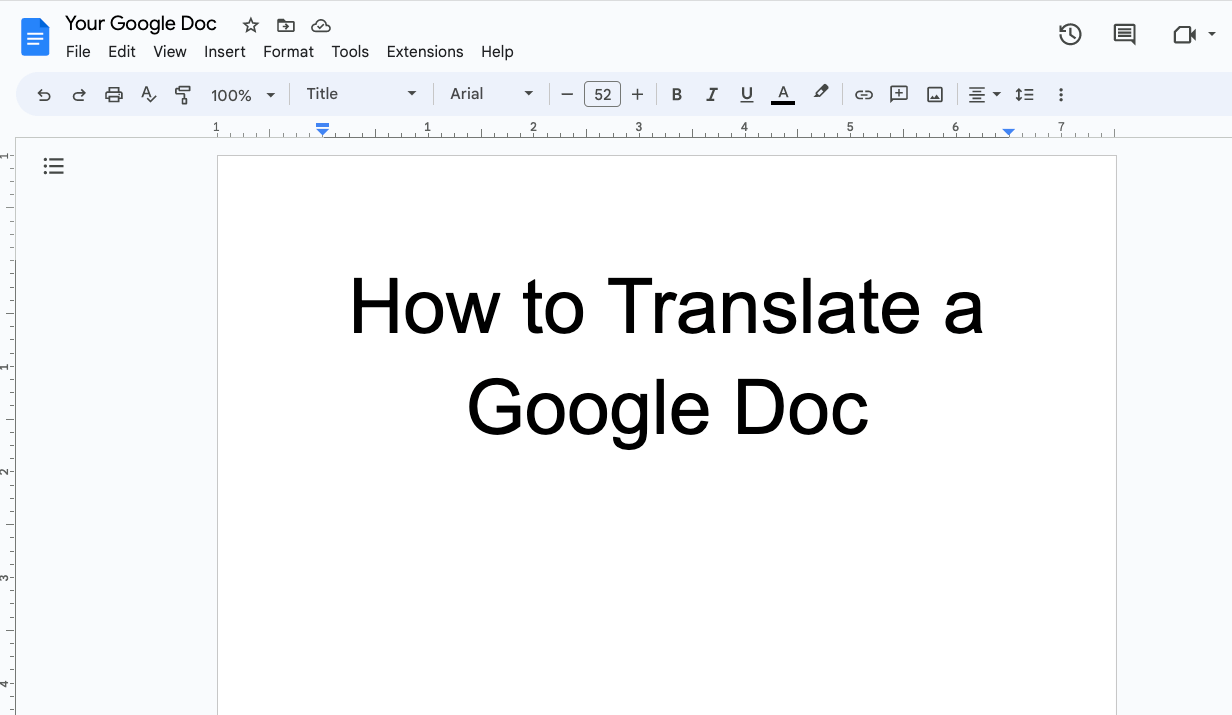
How to Translate a Google Doc Most Efficiently [2025]
Want to translate Google Doc text? Learn why you should use Pairaphrase as your Google Docs translator.
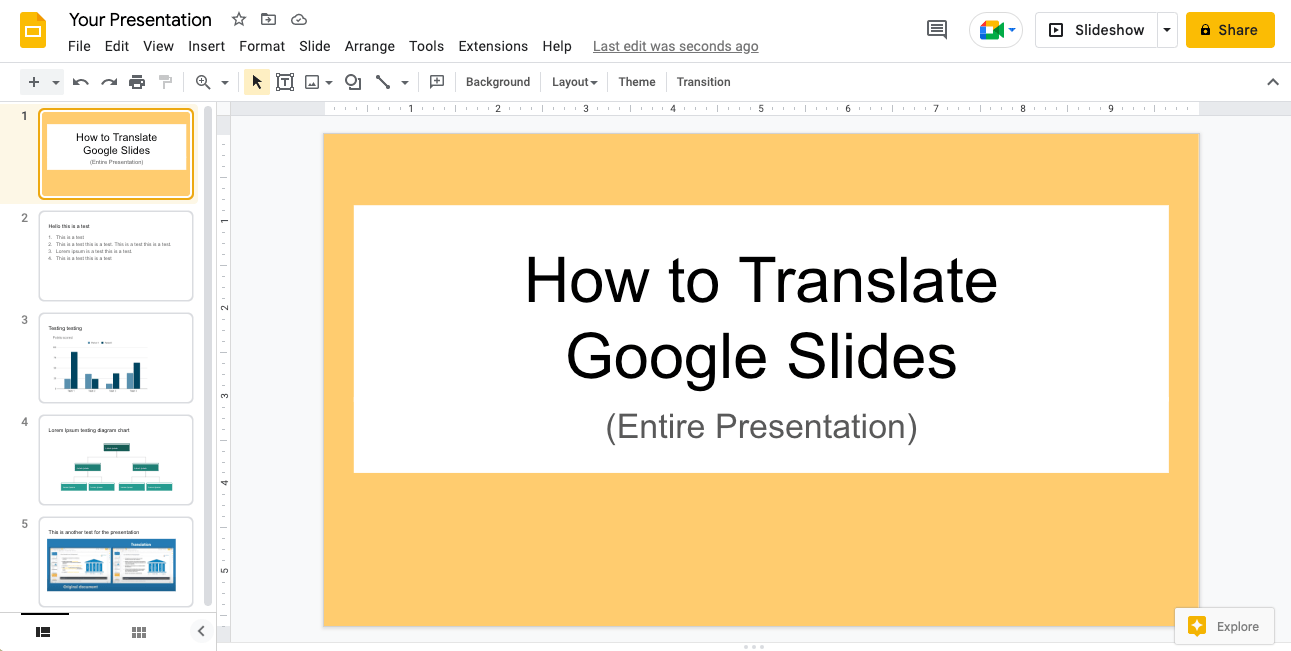
How to Translate an Entire Google Slides Presentation [2025]
Want to translate Google Slides presentation text, notes & charts? Learn why you should use Pairaphrase as your Google Slides translator.
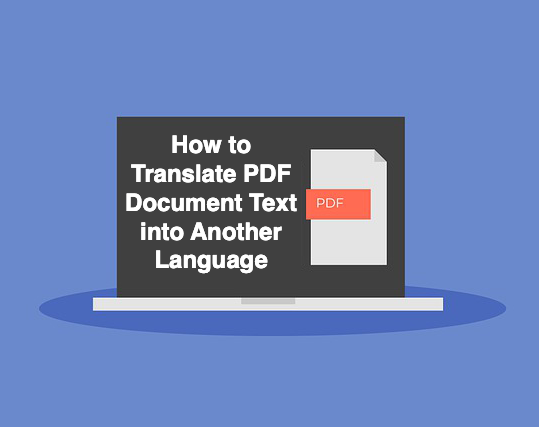
PDF Translation Problems & Solutions: Troubleshooting Guide [2024]
Learn common issues involved with translating PDF documents and discover why Pairaphrase is the best PDF document translator.

Most Accurate Translator Tool: What to Look for [2024]
While a 100% accurate translator does not yet exist, this post will tell you how to get the most accurate translator tailored to your company’s words and phrases.

11 AI Translation Industry Trends in 2024
Explore 2024 translation industry trends! Learn about 10 AI translation industry trends 2024 will bring, according to our predictions.
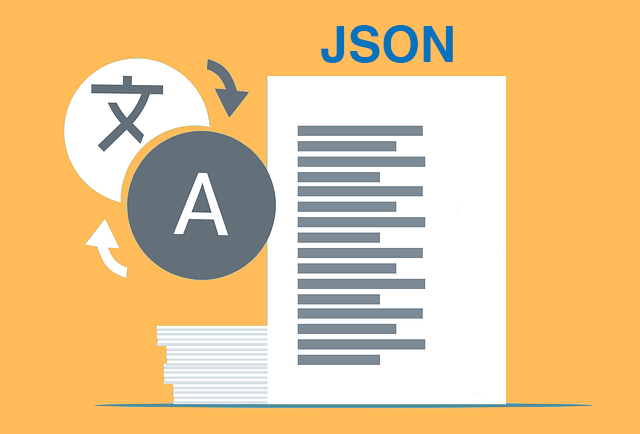
How to Translate JSON Files Online Effectively [2024]
Want to translate JSON files? Learn why Pairaphrase is the best way to auto-translate JSON files online.

How to Translate HTML Files to Another Language [2024]
Want to translate HTML files to another language? Learn why Pairaphrase is the best way to translate HTML files.
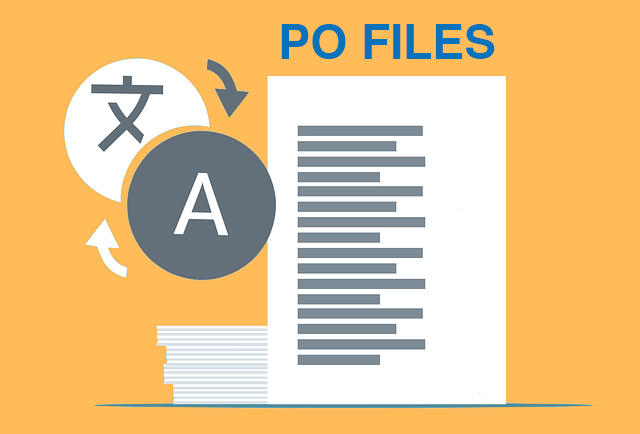
How to Translate PO Files Online [2024]
Need to translate PO files online? Learn why Pairaphrase is the best way to translate PO files.

OpenAI Language Translation: Pros & Cons for Enterprises
Exploring OpenAI language translation capabilities? In this article, discover the pros & cons of OpenAI translation for enterprise use.

File Translation 101: Your Guide to the Basics
Learn all about file translation in this 2023 guide to gain an understanding of the different kinds of file translation services & formats.

Best Way to Translate Elucidat Course Content
Learn how Pairaphrase makes Elucidat course translation reusable, secure, fast and easy.

5 Tips for eLearning Localization in 2024
Need to localize eLearning content? Familiarize yourself with these 5 eLearning localization tips for effective multilingual training.

How to Translate a Text File Online [2024]
Want to translate a text file? Learn why Pairaphrase is the best way to translate a text file for your organization.

Best DocTranslator Alternative (2024)
Want a secure enterprise alternative to DocTranslator? Learn why Pairaphrase is the best DocTranslator alternative for enterprises here »

Top 8 Translation Industry Trends (2023 Outlook)
Explore 2023 translation industry trends! Learn about 8 translation industry trends 2023 will bring, according to our predictions »

Best English to Polish Document Translation Software [2024]
Looking for English to Polish translation software, but not sure what features you need? Access this buying guide.
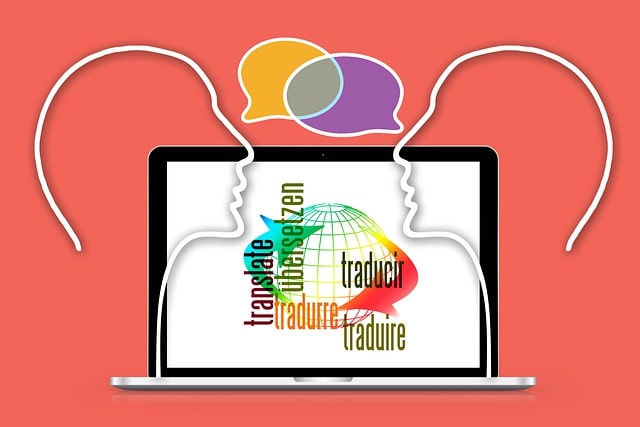
Translation Services 101: Your Guide to the Basics
Need translation services? First, learn the basics! This way, you can make an informed decision. Explore this guide to translation services.

Best Redokun Alternative for Enterprises (2024)
Want a secure enterprise alternative to Redokun? Learn why Pairaphrase is the best Redokun alternative for enterprises here »
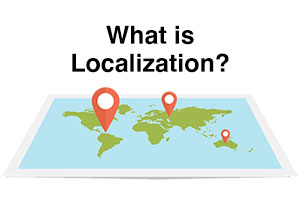
Localization 101: Your Guide to the Basics
Curious about localization? Learn about localization vs translation, what it is, how it works, benefits & more in this guide to the basics!

Best Memsource Alternative for Enterprises (2024)
Want a secure enterprise alternative to Memsource? Learn why Pairaphrase is the best Memsource alternative for enterprises here »
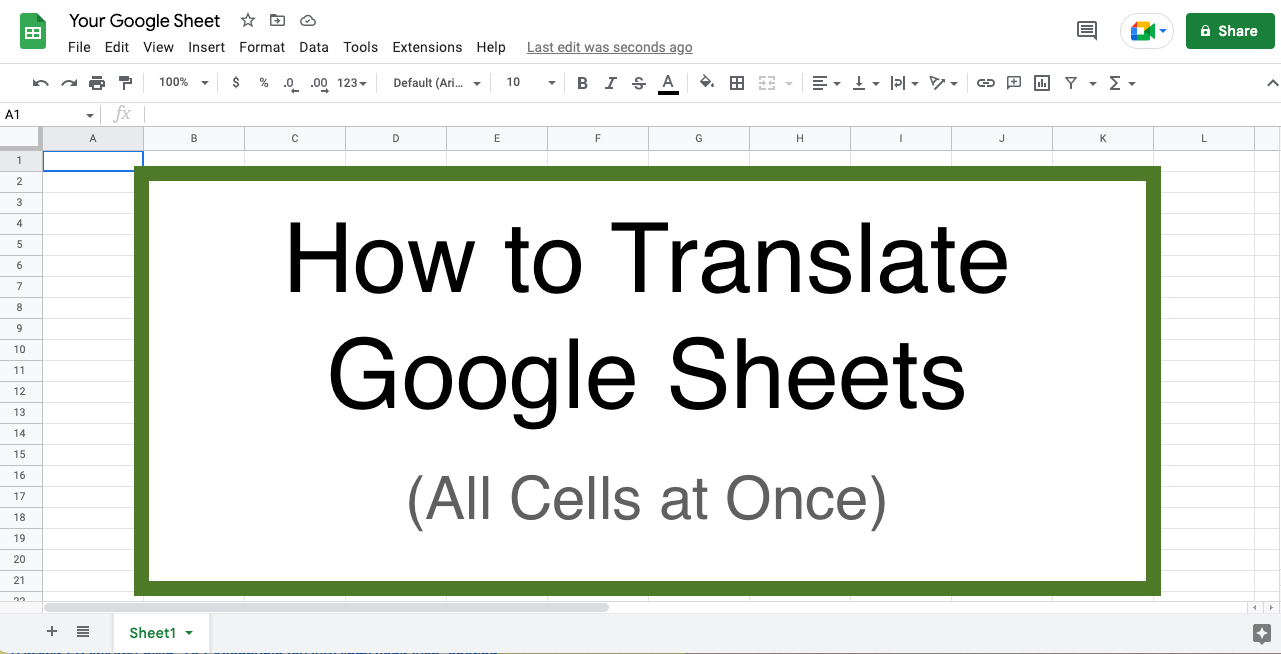
How to Translate Entire Google Sheets (All Cells) [2025]
Want to translate entire Google Sheets? Learn why you should use Pairaphrase as your Google Sheets translator.
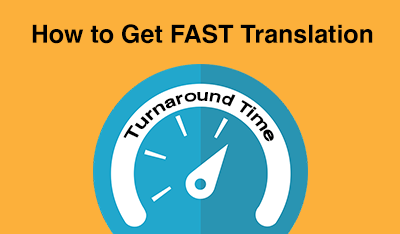
Fast Turnaround Translation: How to Get it
While fast translation turnaround and linguistic quality is a delicate balance, this post will tell you how to best use Pairaphrase to get fast translations.
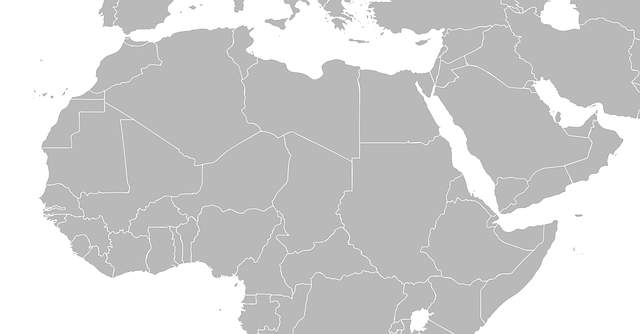
Best English to Arabic Document Translation Software (2024)
Looking for English to Arabic translation software, but not sure what features you need? Access this buying guide.
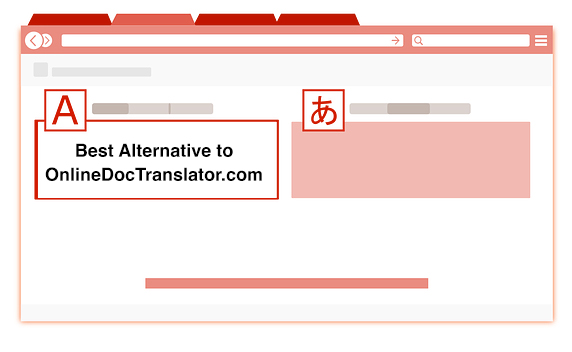
Best OnlineDocTranslator.com Alternative (2024)
Considering an alternative to OnlineDocTranslator.com? Explore why Pairaphrase is the best OnlineDocTranslator.com alternative for enterprises.

How to Translate an IEP Document [2024]
Need to translate an IEP document? Learn how to translate IEP documents in the most efficient and secure way possible.
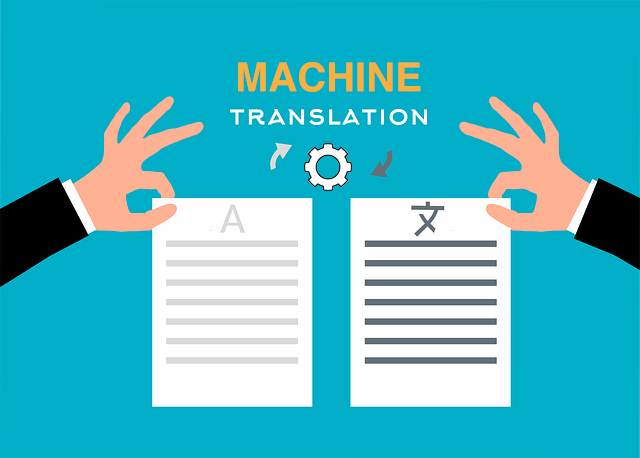
Machine Translation (MT): Your Guide to the Basics [2024]
Curious about Machine Translation (MT)? Learn about machine translation, how it works, benefits of machine translation & more.

How to Translate XML Files Online (2024)
Need to translate XML files online? Learn about the best features to use when translating XML files.

Best English to Italian Document Translation Software (2024)
Want the best English to Italian document translation software for business? Read about the 10 best English-Italian translator app features.

Terminology Management in Translation: Essential Guide [2024]
Learn all about terminology management in this comprehensive guide.

Smartling Alternative for Enterprises in 2024
Want a Smartling alternative? Explore 10 possible reasons you need one, and why Pairaphrase might be your best alternative.

How to Translate XLIFF Files Online Successfully (2025)
Need to translate XLIFF files online? Learn why Pairaphrase is the best way to translate an XLIFF file.

Best Japanese to English Document Translation Software (2024)
Looking for Japanese to English translation software, but not sure what features you need? Access this buying guide.

How to Translate SRT Files Effectively [2024]
Learn how to translate SRT files in 2022! Explore the reasons Pairaphrase is the best way to translate an SRT file effectively.

Best English to Japanese Document Translation Software (2024)
Looking for English to Japanese translation software, but not sure what features you need? Access this buying guide.

Brochure Translation Software Features to Look for
Need brochure translation? Look for these 10 top brochure translator features (before you buy).

Best Way to Translate Articulate Course Files
Need to translate Articulate course files? Learn why Pairaphrase is the best way to translate Articulate files (XLIFF 2.0).

Best Way to Translate Multiple Files Simultaneously Online [2024]
Need to translate multiple files simultaneously online? Learn why Pairaphrase is best for batch translation.

Using Pairaphrase Translation Software with Amazon Translate
Curious about translating with Amazon Translate (AWS)? Learn about using Amazon’s machine translation engine with Pairaphrase.

Best English to Hindi Document Translation Software (2024)
Looking for English to Hindi translation software, but not sure what features you need? Access this buying guide.

How to Translate Large Files with Ease [2024]
Need to translate large files? Learn about the best tools to use when translating large PDF’s, documents & more (10MB+).

Catalog Translation Software Features to Look for
Need catalog translation? Look for these 10 top catalog translator features (before you buy).

Best English to Vietnamese Document Translation Software (2024)
Looking for English to Vietnamese translation software, but not sure what features you need? Access this buying guide.

How to Create Effective Termbase Glossaries for Machine Translation
Need to create a termbase glossary? Get our top 5 tips for creating effective termbase glossaries for machine translation.

Best English to Korean Document Translation Software (2024)
Looking for English to Korean translation software, but not sure what features you need? Access this buying guide.

Best DeepL Alternative for Enterprise Teams (2024)
Explore various DeepL drawbacks and user-specific needs you might identify with. This way, you can conclude whether alternatives to DeepL could fill these gaps.

Top 10 Translation Industry Trends in 2022
Explore 2022 translation industry trends! Learn about 10 translation industry trends 2022 will bring, according to our predictions »
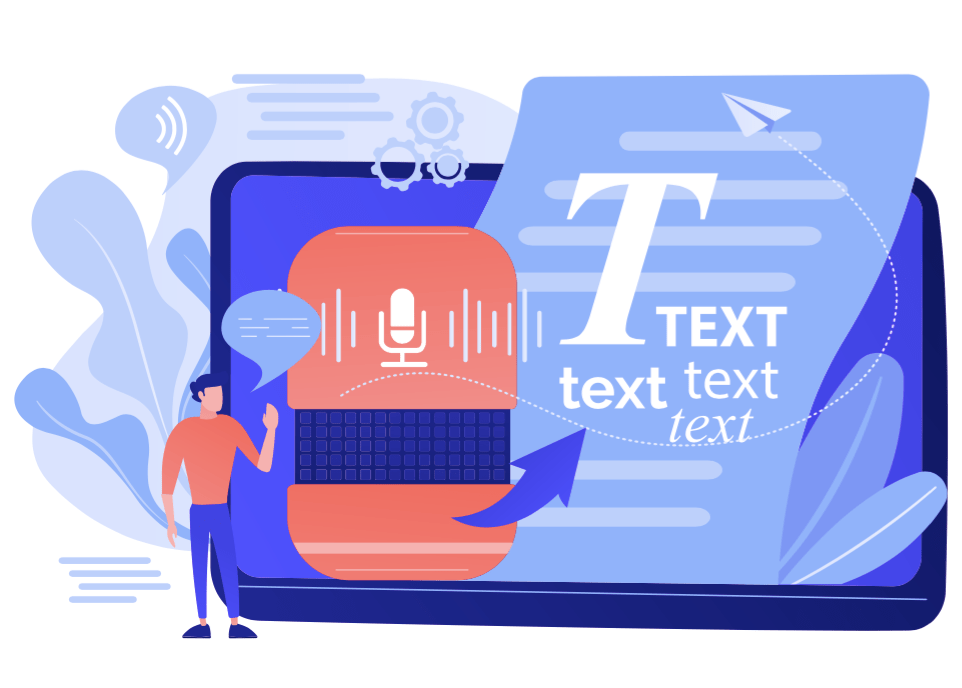
Secure Transcription Software That Translates Languages
Need secure transcription software that translates languages? Learn what features to look for and how Pairaphrase will benefit you.

Best English to Portuguese Document Translation Software (2024)
Looking for English to Portuguese translation software, but not sure what features you need? Access this buying guide.

Translation KPIs for Translation Management Success
Establishing translation KPIs (Key Performance Indicators)? Here are the 5 Most Important KPIs for translation management success.


